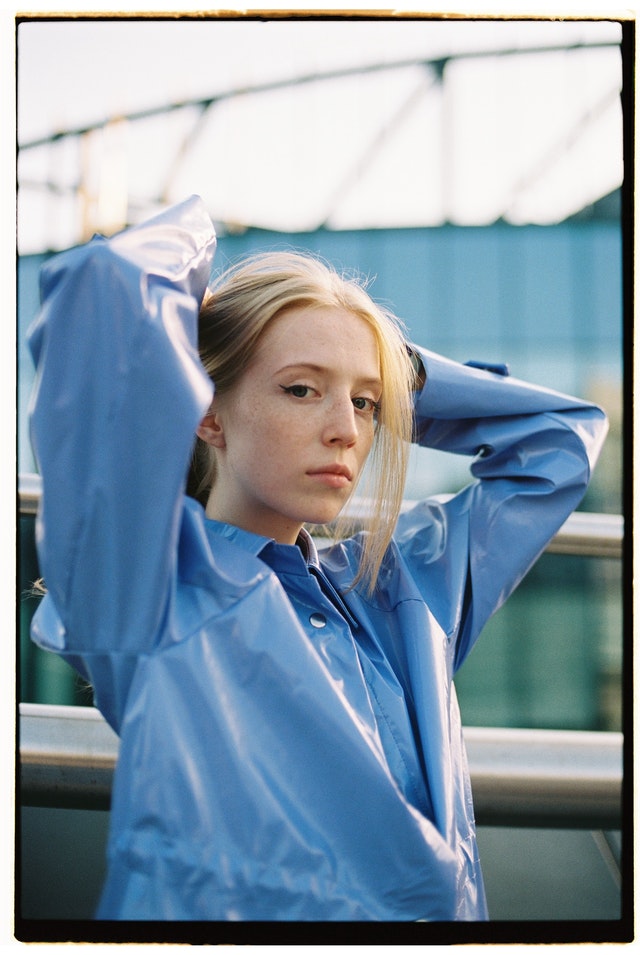A Brief History of Synthetic Fabrics in the Fashion Industry
Today’s variety of clothing in fashion is astounding, meaning there’s a perfect outfit available for anyone. For most of human history, the contents of your wardrobe existed solely to provide protection from the elements. These days, clothing is an extension of one’s personality, thanks in part to more advanced production methods and a better supply of sustainable resources. To understand more about this modern clothing boom, here is a brief history of synthetic fabrics in the fashion industry.
The First Synthetics
Throughout human history, people made clothing primarily from animal furs and other parts. These materials consisted of wool, leather, and silk. During the age of industrialization, most clothes worldwide were made with dependable cotton. However, with rising demand and a growing middle class, the world needed newer fabrics that were easy to produce with little cost.
A Swiss chemist named Audemars created the world’s first artificial silk in the early 1800s, leading to the invention of another synthetic fabric called “rayon,” which is still widely used today. Soon after, other popular lab-made materials like PVC (water-resistant) and modal followed. These innovations led to truly fashion-altering creations by the early and mid-1900s—spandex, polyester, and nylon.
The Popularization of Synthetics
Armed with a plethora of advanced synthetic materials, clothing businesses began producing clothing at a higher rate than ever before, enabling the average working individual to purchase more outfits. Fashion became accessible to the entire population, meaning companies prioritized style when rolling out new products. Women’s fashion exploded thanks to innovative designers such as Madeleine Vionnet, Claire McCardell, and Coco Chanel.
Chanel, in particular, utilized synthetic fabrics to her advantage and pushed forth groundbreaking clothing made from jersey material. The choice to use jerseys came from a lack of other materials during World War I, and the style is still trendy to this day. Another example is the creation of fleece, a cozy plastic-made fabric. Many consider it one of the 20th century’s greatest inventions.
Synthetics in Fashion Today
Synthetic fabrics are used for many things in society, but they still play a considerable role in clothing production. For starters, it’s never been easier to buy clothing in human history, and the overall supply is enormous. Also, sustainable materials have forced companies to consider eco-friendliness, a defining feature of modern fashion. Lastly, the rise of athleisure is possible thanks to readily-available fabrics that are highly flexible in any situation.
There’s no denying the luxurious feeling of natural materials such as wool and leather, but even those fabrics today are partially mixed with synthetics and plastics. Understanding a brief history of synthetic fabrics in the fashion industry allows you to better appreciate our current markets and trends while gifting you the knowledge of a fashionista who shouldn’t be trifled with.
Photo – Zhuravleva Anastasia

